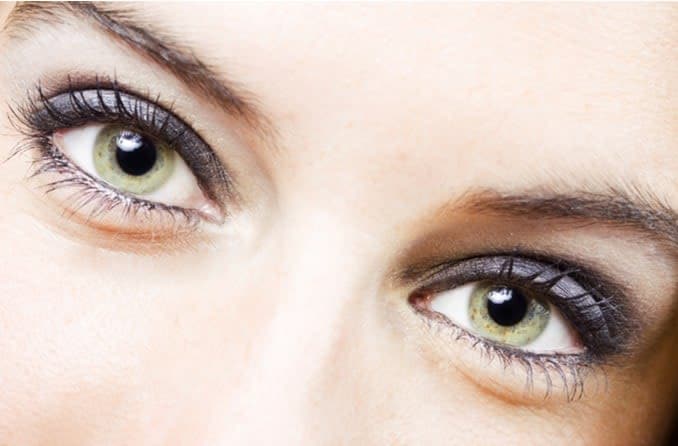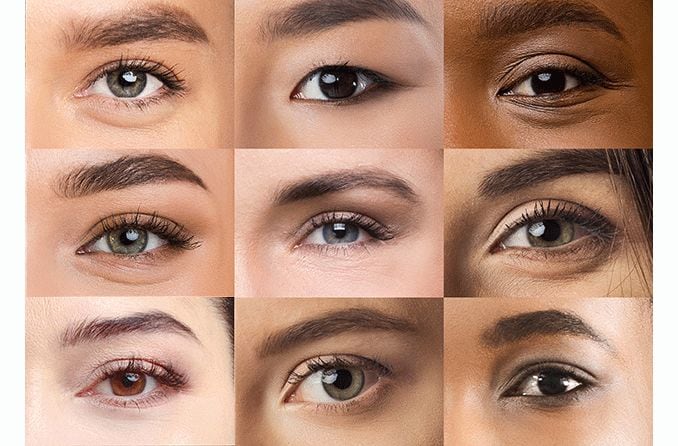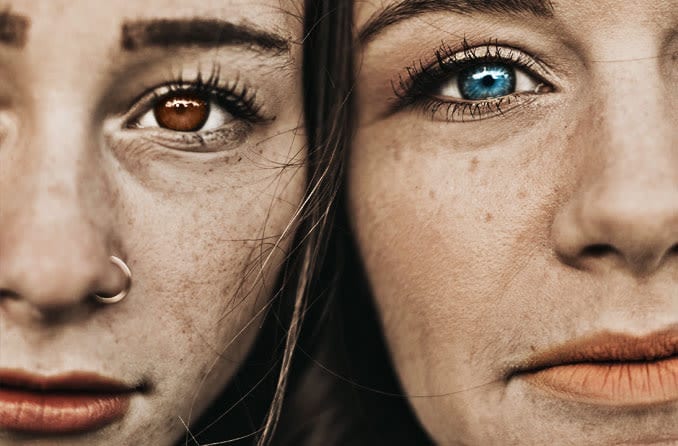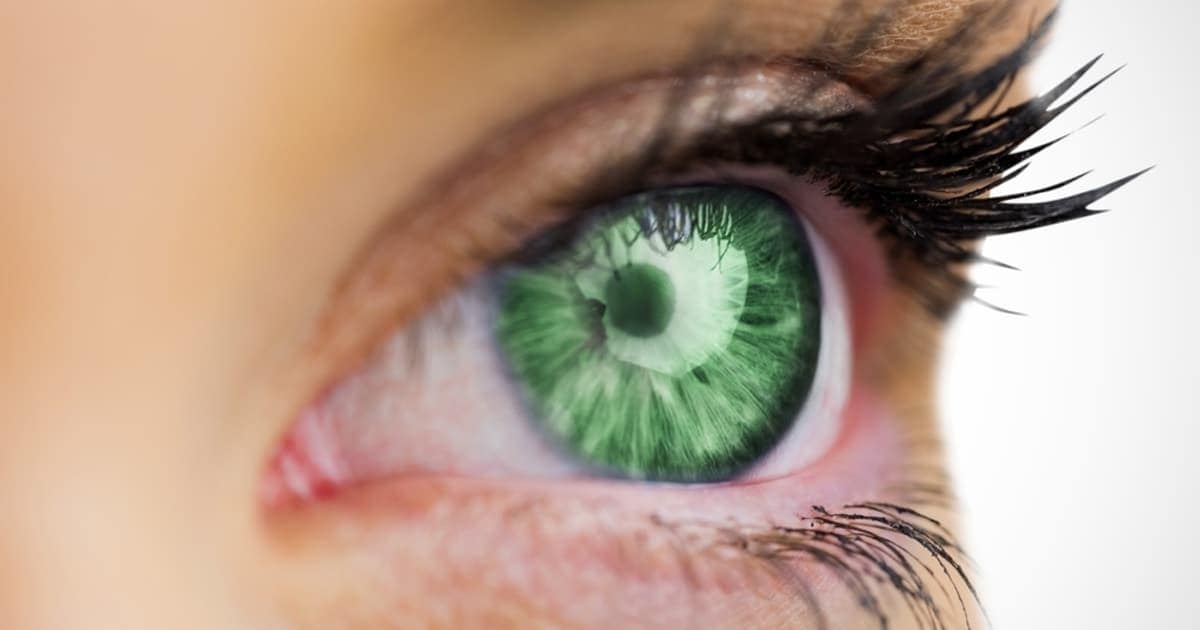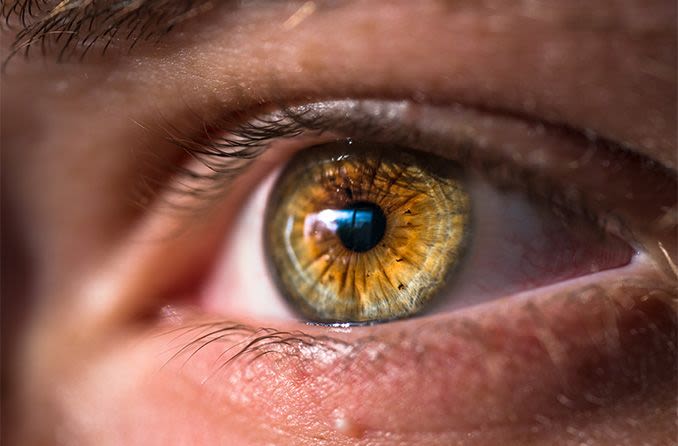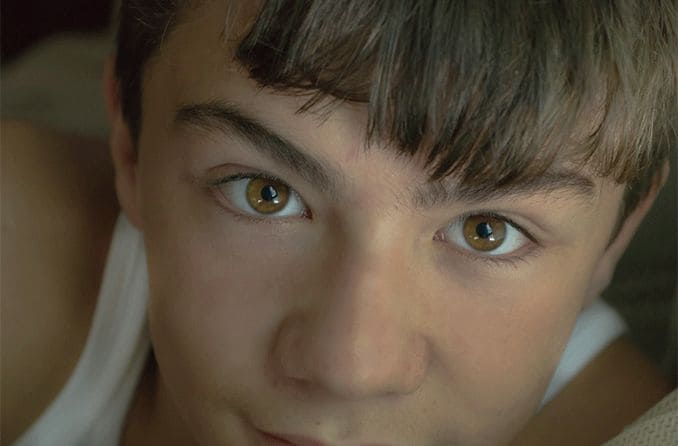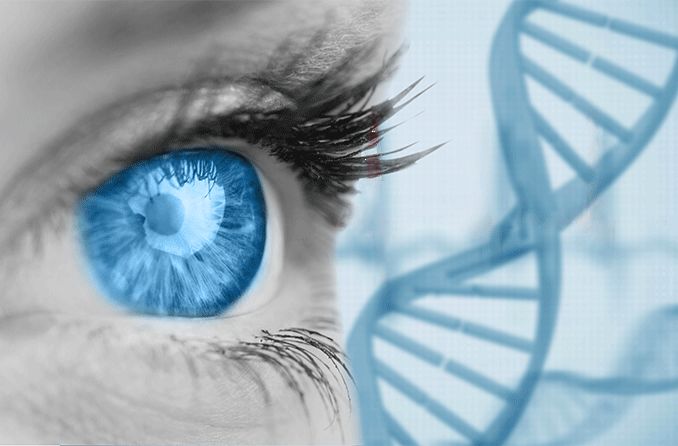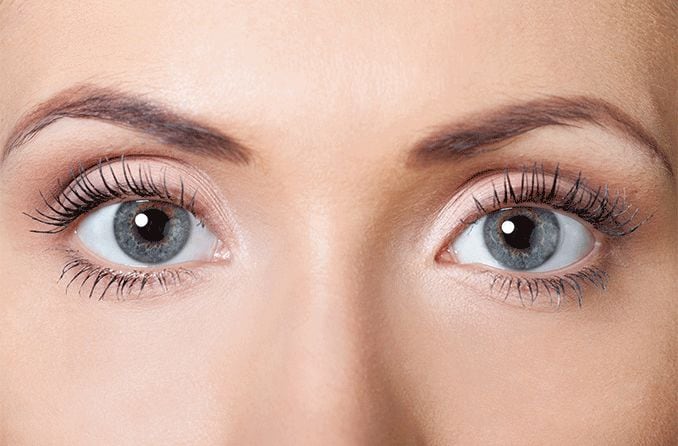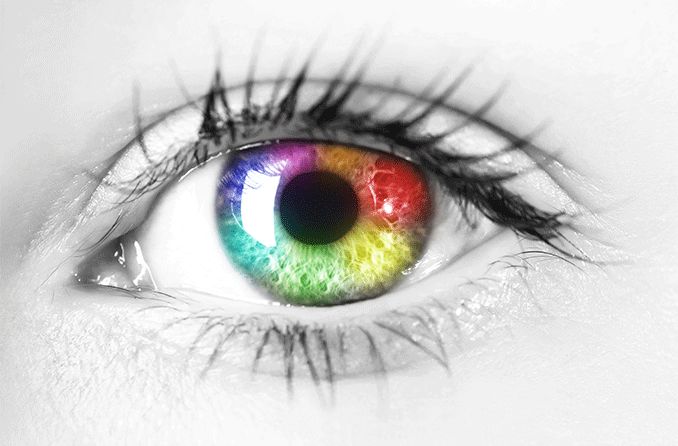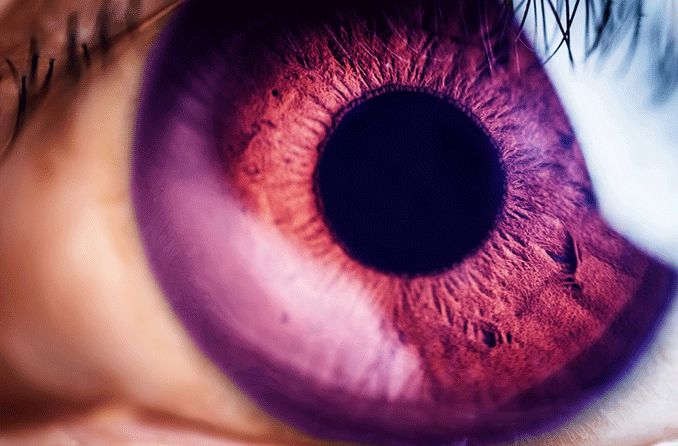Determining the rarest eye color... not so straightforward
Green is the rarest eye color of the more common colors. Outside of a few exceptions, nearly everyone has eyes that are brown, blue, green or somewhere in between. Other colors like gray or hazel are less common.
Once upon a time, every human in existence had brown eyes. That certainly isn’t the case any longer. The color of our eyes tends to play a big part in our self image and, in some cases, can be a genetic throwback to your family tree. It can be hard to even imagine what you’d look like with a different eye color.
The American Academy of Ophthalmology (AAO) conducted a survey to determine the eye color percentage of people across America. The results are listed below, ordered from most rare to most common.
